
While being part of a small independent studio like Supergiant has its share of challenges, it’s got a lot of advantages going for it, too. For instance, one of the ironic differences I’ve experienced going from a very big game studio to a very small one is that things can often move a lot faster when there aren’t too many people around to say “no.”
This simple fact is core to our creative process at Supergiant. We like quickly coming up with, and trying, new ideas all through development. If you can loop through that kind of process quickly enough, it can start to produce great results, while the many inevitable failed experiments are easy to move on from, having taught you something. Let me tell you about one unexpected example from recent months, involving a little trick we decided to try on a whim with the DualShock 4, when we first got our hands on it.
The story of our game, Transistor, revolves around this woman called Red, who winds up with an extraordinary weapon that, among its mysteries, is able to speak to her. When we tested early versions of the game on our friends, everybody noticed the voice, but not everybody could tell where it was coming from or who exactly was speaking. This was an important problem for us to solve, as there’s a fine line between feeling intrigued by the mystery of a thing, versus feeling bewildered.
So we started trying different things. We iterated on the introductory moments a bunch of times, until we felt like we had a scene that set up the relationship between these characters as clearly and succinctly as possible. We also developed a cool bit of tech that makes the Transistor flash in sync with the voiceover coming from it.
This flashing effect not only helps our main character stand out amid the colorful futuristic scenery, but because of it you instantly infer that the voice you’re hearing must be coming from that weird computer sword Red’s carrying around. We finally felt like we’d solved the who’s-talking problem. Then we started playing with the PS4 controller, and we had another idea.
See, among its many features, the DualShock 4 has this light bar on it, which can be programmed to display just about any color. When Sony revealed the controller, they suggested this light bar could have a variety of uses, such as visually distinguishing between four players in a cooperative game and stuff like that. Sony didn’t suggest it could be used to indicate when an extraordinary weapon of unknown origin was speaking to you. We soon found, however, that the light bar works really well for that. We got it to match the exact turquoise hue of the in-game weapon, and the flashing effect was in perfect sync. When I played with this for the first time, it felt a little more like the Transistor was right there in my own hands.
Nevertheless, it’s a subtle enough feature so we didn’t really play it up. We don’t like talking about our games in terms of specific features anyway, plus we wanted to see if anyone would even notice. And sure enough, when we showed Transistor at PAX Prime recently, dozens of people who played it mentioned to us that they caught that little detail, and how cool they thought it was.
Our use of the light bar took nothing more than a quick conversation and maybe a couple of hours of engineering time. But to me it’s a microcosm of our development process. If we can pull together little touches like this spontaneously and often, then Transistor will be filled with them. And I feel strongly that the small stuff in games — those fun and interesting little details you notice in your favorites — are just as important as the big stuff. It’s what gives the best games their distinctive character and personality, and it’s the stuff you end up remembering long after you’ve finished playing.
When you see a game like Transistor, know that it’s not the product of some grand vision or massive design document, where we mapped out every detail on paper and then spent the rest of the time building from a meticulous blueprint. It’s a much more fluid and intuitive process, a feedback loop of listening to the game and responding to what we think it needs over a long period of time, where a hundred thousand micro decisions eventually form the finished work. I love that we found opportunities to apply our process even to things like a light bar on a controller.
You know what? The controller has a speaker on it, too. We’re looking into that.
Feel free to check up on us at any time at @SupergiantGames on Twitter. Transistor is scheduled to hit PS4 early next year. Learn more about Transistor on PlayStation.com.



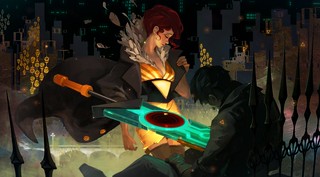
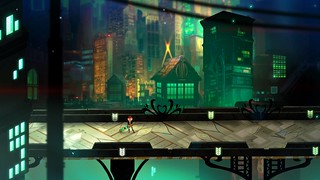
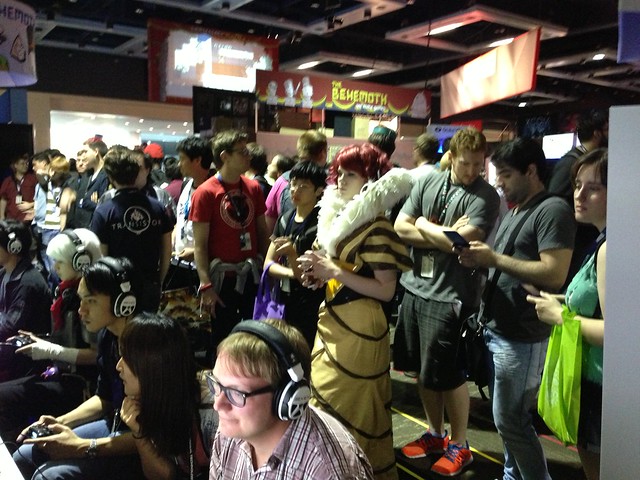
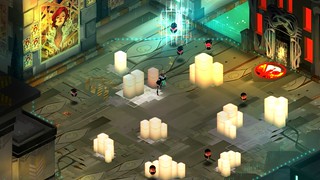
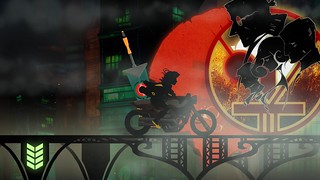








Comments are closed.
34 Comments
Loading More Comments